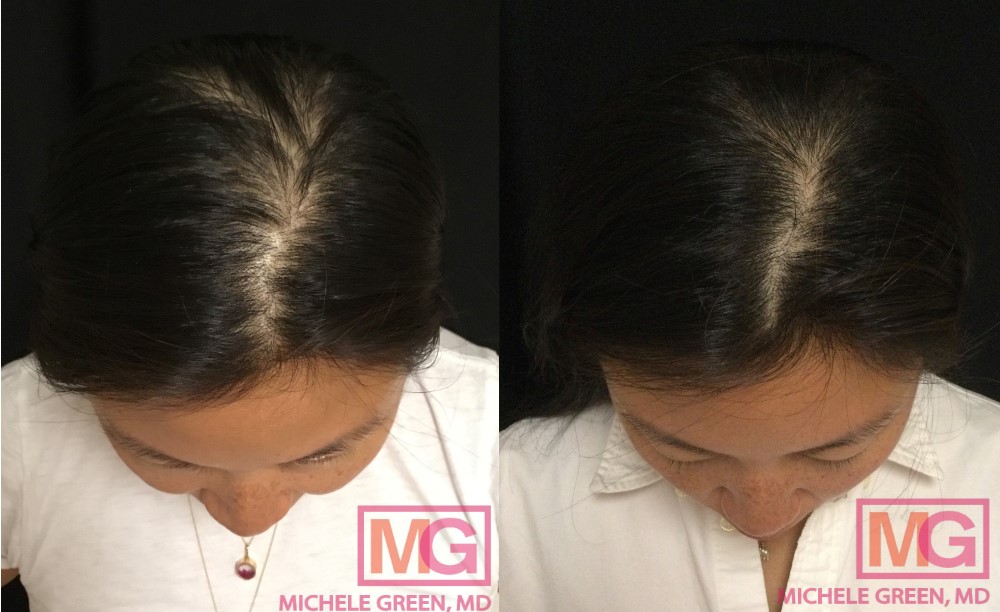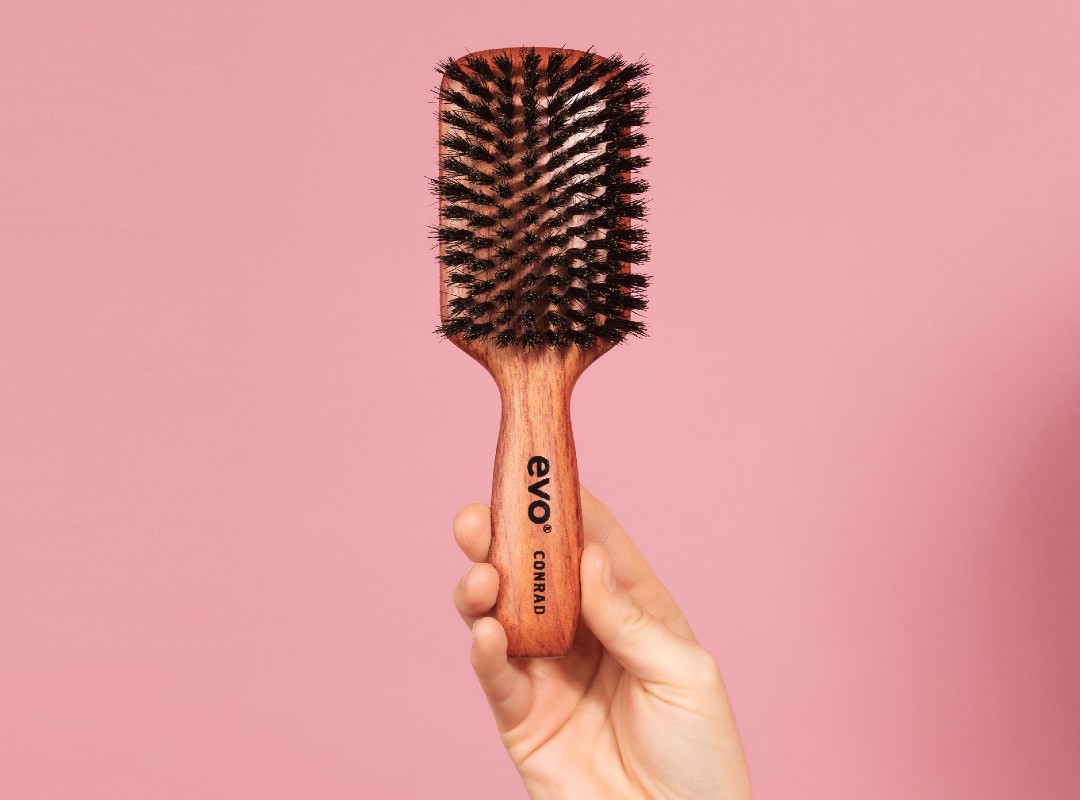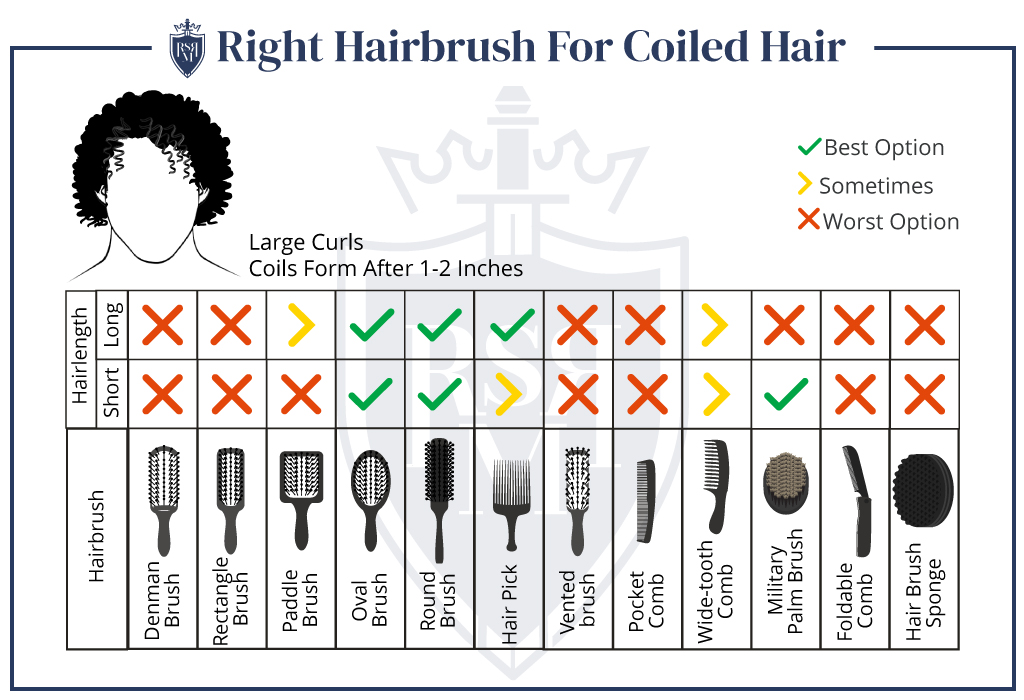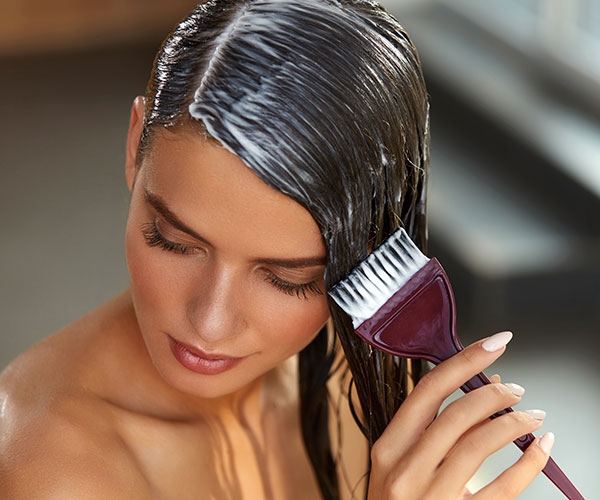Table Of Content

Others may cover it up with hairstyles, makeup, hats or scarves. And still others choose one of the treatments available to prevent further hair loss or restore growth. With age, most people notice some hair loss because hair growth slows. At some point, hair follicles stop growing hair, which causes the hair on our scalp to thin. Traction alopecia is the result of environmental factors, such as wearing your hair in tight hairstyles, Agbai says. Telogen effluvium refers to the excessive shedding of hair follicles, and it occurs when hair follicles prematurely skip to the end of the hair growth cycle, she adds.
Minoxidil
Hair loss can be caused by many factors, including nutrient deficiencies, stress, certain health conditions, and changes in hormone levels. Early diagnosis and treatment may help stop hair loss and promote hair regrowth. If female pattern baldness affects your emotional well-being, your healthcare provider may recommend you meet with a mental health professional. It’s the most significant cause of hair loss in women and people AFAB.
Get the latest in health news delivered to your inbox!
If your hair loss is due to a medical condition, the cost of a wig might be covered by insurance. Poisons that can cause hair loss include arsenic, thallium, mercury, and lithium. If you ingest a large amount of warfarin, which is found in rat poisons, it can also cause hair loss. Taking large amounts of vitamin A or selenium is also toxic and can cause hair loss.
Symptoms Of Hair Loss In Women
With about 100,000 hairs on your head, that small loss isn’t noticeable. New hair normally replaces the lost hair, but this doesn’t always happen. While it’s more prevalent in older adults, anyone can experience it, including children. The medication works by prolonging the growth phase of hair, giving your hair more time to grow out.
Noticeable hair loss in women can be deeply distressing. Here are some medical treatments that may help.
For women who are experiencing a receding hairline (frontal fibrosing alopecia), talk with your doctor about early treatment to avoid significant permanent baldness. Not all researchers agree that spironolactone works, and the FDA has not endorsed it as a treatment for androgenic alopecia. However, the medication has still been used off-label for years to treat hair loss in women. More research is needed before definitive claims can be made regarding its effectiveness.
How Menopause Affects Your Hair and Scalp - The New York Times
How Menopause Affects Your Hair and Scalp.
Posted: Mon, 07 Aug 2023 07:00:00 GMT [source]
Ask a doctor about supplementing with iron and zinc
Within the first few months of treatment, you may notice that you are losing less or minimal amounts of hair. While you can buy a microneedling device without a prescription, it’s best to check with your dermatologist first. It’s also important to get the right microneedling device. Hair loss is one of the most common side effects of chemotherapy.
These hair changes can make it hard to maintain how you want to look, especially if you're transgender or nonbinary (which means you don't identify as fully male or female). You may want to shift where hair grows (or doesn't) to reflect your affirmed gender. Hair growth naturally slows with age, so you may notice thinning. If you think you have age-related hair loss, talk to your doctor about treatment early on. You can lose hair during menopause as your estrogen and progesterone levels drop.
Effective hair loss treatments for women
A combination of low dose oral minoxidil (eg, 2.5 mg daily) and spironolactone (25 mg daily) has been shown to significantly improve hair growth, reduce shedding and improve hair density. Hormonal treatment, i.e. oral medications that block the effects of androgens (e.g. spironolactone, cyproterone, finasteride and flutamide) is also often tried. A Cochrane systematic review published in 2012 concluded that minoxidil solution was effective for FPHL. Minoxidil is available as 2% and 5% solutions; the stronger preparation is more likely to irritate and may cause undesirable hair growth unintentionally on areas other than the scalp. The key to treating hair loss is to find out what’s causing it. Here’s how a dermatologist determines the cause and what treatment may involve.
Best hair loss shampoos and conditioners for 2024 UK - Good Housekeeping uk
Best hair loss shampoos and conditioners for 2024 UK.
Posted: Fri, 19 Jan 2024 08:00:00 GMT [source]
There are several reasons why you might be losing your hair. According to Agbai, genetics, hormonal shifts, stress, underlying medical conditions, nutritional deficiencies, and scalp inflammation are notable factors. If you’re noticing hair loss, consider reaching out to a doctor or dermatologist. They’ll be able to figure out what kind of hair loss it is and what could potentially be causing it. These may be a sign that you’re experiencing a different type of hair loss.
Other oft-used drugs include finasteride (Propecia) and spironolactone. Male-pattern hair loss is what causes a receding hairline and baldness in men. In women, female-pattern hair loss typically affects the crown or top of the head first, Mirmirani says.
While sudden or extreme hair loss can be alarming, there are often simple solutions. By addressing the underlying cause and making some lifestyle changes, you may be able to stop or prevent hair loss. Transplants may be successful for some people depending on the cause of the hair loss. But you’ll need enough hair to donate to the transplant, and you’ll need to wait several months for it to grow. There’s some research to suggest that caffeine may help with hair growth and slow down hair loss. Also known as Propecia, this prescription pill may help slow down hair loss and even promote new growth.
Approximately 30 million women and people AFAB in the United States have female pattern baldness. Platelet-rich plasma (PRP) is showing promise in the hair regrowth department, too. Prescription medications, like finasteride (Propecia), may help prevent further androgenetic hair loss, especially for male pattern baldness. You take this medication daily to slow hair loss, though some experience new hair growth when taking finasteride. Female-pattern baldness typically starts with scalp hairs becoming progressively less dense. Many women first experience hair thinning and hair loss where they part their hair and on the top-central portion of the head.
You also have the option of topical corticosteroids, but they aren’t necessarily as effective. Oral corticosteroids may cause a range of unwanted side effects. It only works for certain types of baldness, and only if you keep up with its application. If you need help finding a primary care doctor, then check out our FindCare tool here. If you decide to style your hair with heated tools, only do so when your hair is dry and use the lowest settings possible.
To get an accurate diagnosis, it helps to see a board-certified dermatologist. These doctors have in-depth knowledge about the many causes of hair loss and experience treating the diverse causes. At the end of the day, remember you do have safe and effective options for treating hair loss, and treatment can make a big difference. Amping up your diet with nutrients known to promote hair growth could make a difference. Known as a “scalp sensitizer,” anthralin creates an irritant reaction that stimulates the immune system and encourages hair growth. You’ll apply this cream once daily, directly to the scalp in areas where you want to encourage hair growth.
The Food and Drug Administration has approved a low-level laser device as a treatment for hereditary hair loss in men and women. A few small studies have shown that it improves hair density. During a hair transplant procedure, a dermatologist or cosmetic surgeon removes hair from a part of the head that has hair and transplants it to a bald spot.
There are several types of hair loss, some are common and some are rarer, and each with different underlying causes. You can have hair loss as a result of physical stress, like when you give birth or have surgery, or intense emotional stress, like a death in the family, divorce, or unemployment. Hair loss can happen a couple of weeks to 6 months after any stressful experience. Explore Mayo Clinic studies testing new treatments, interventions and tests as a means to prevent, detect, treat or manage this condition. Yes, treating the thyroid disease can reverse the hair loss. Left untreated, a sexually transmitted infection (STI) can lead to hair loss.





















